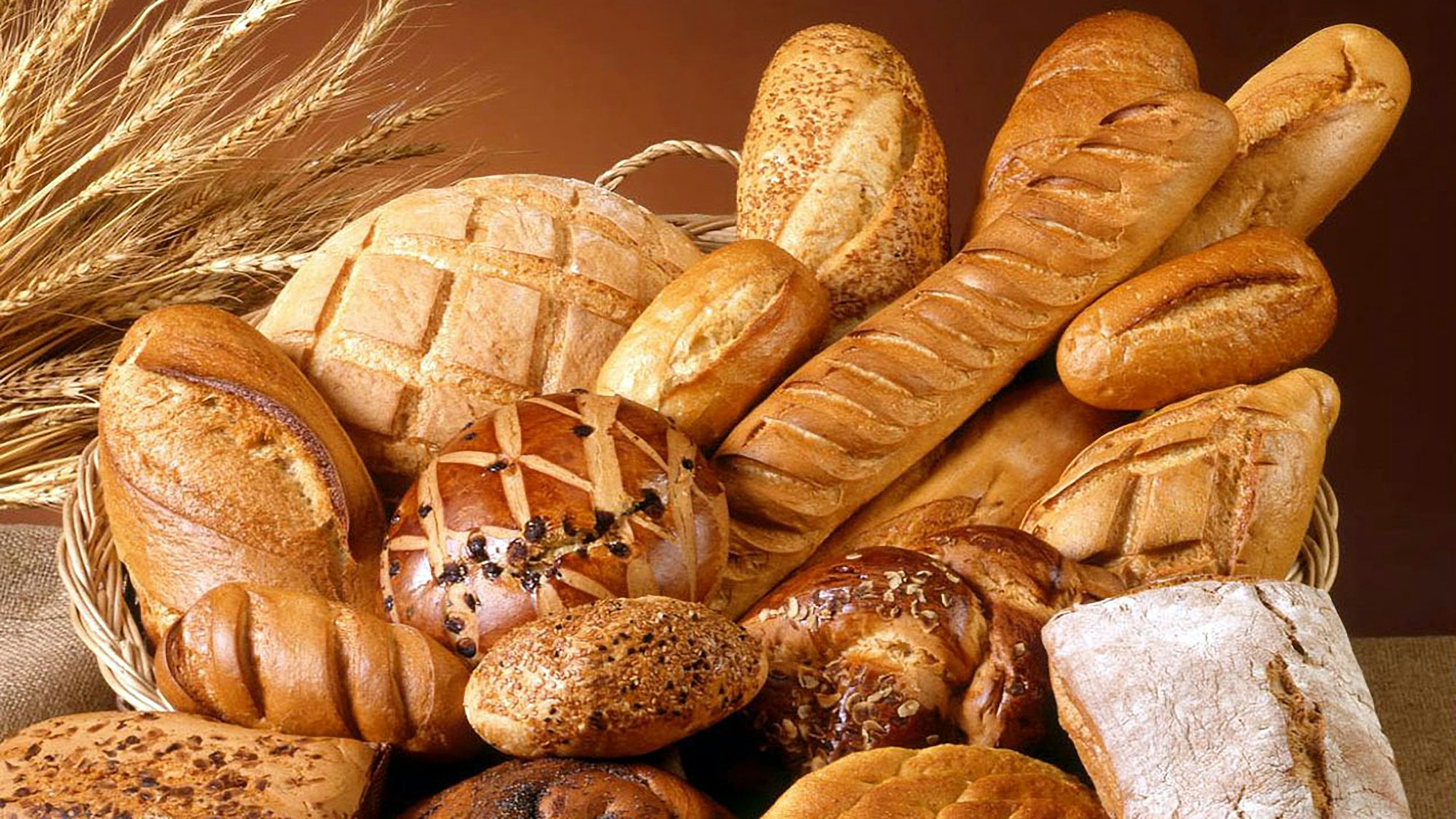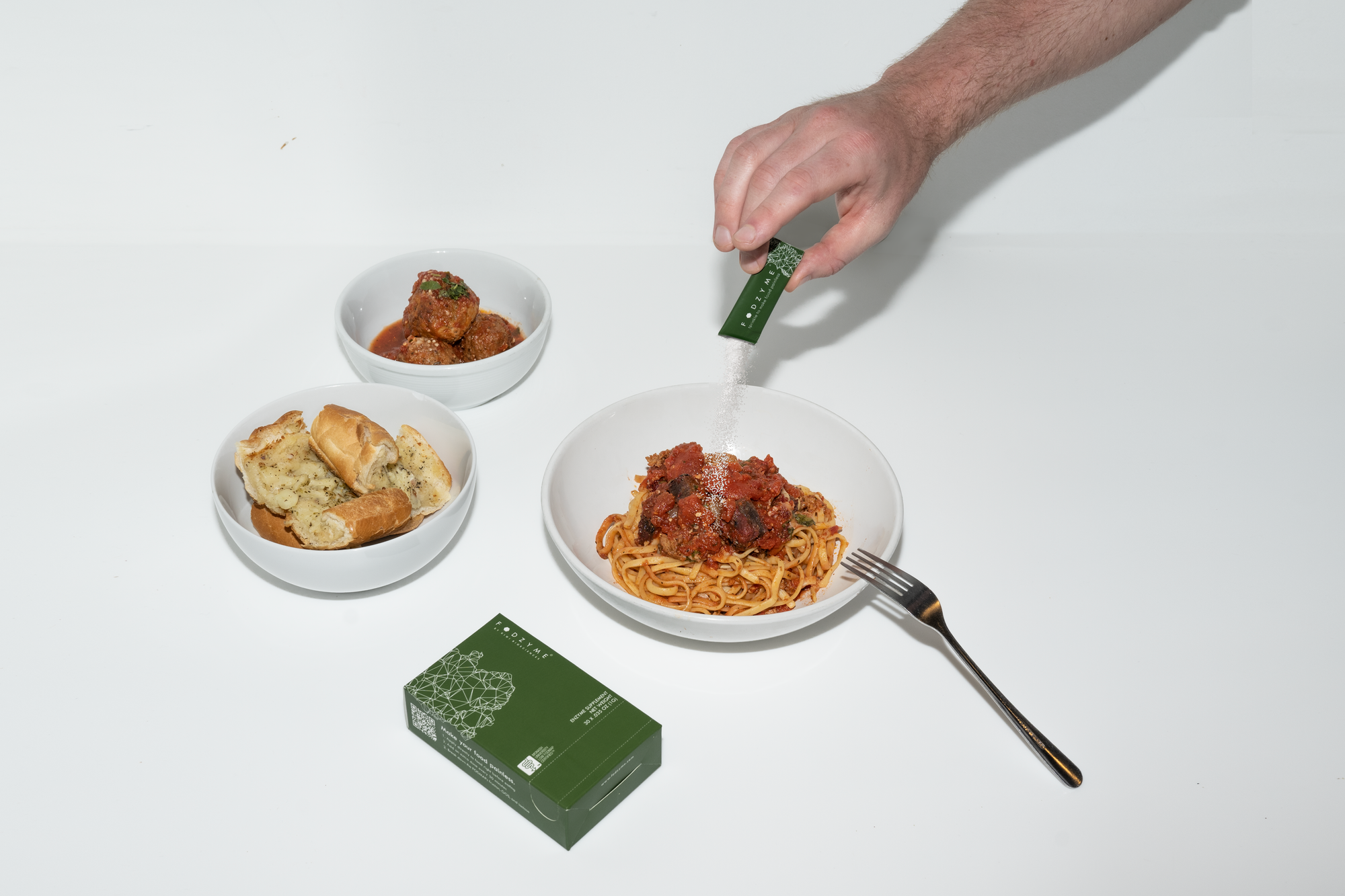FODMAP vs Gluten: is all gluten-free food low FODMAP?
Discover the key distinctions between low-FODMAP and gluten-free diets and unravel the complexities of navigating food labels.

Clearly understanding the distinction between low-FODMAP and gluten-free food labels can prove to be quite challenging and confusing. While it is often advised for individuals with sensitive digestive systems to replace their trigger foods with gluten-free alternatives, it is crucial to recognize that not all products labeled as gluten-free are necessarily low FODMAP, and the same holds true in the opposite direction. To gain a more comprehensive understanding of this intricate topic, let us delve further into the intricacies and nuances at play.
Gluten vs FODMAPs
Gluten-free and low FODMAP diets are two distinct dietary approaches that are frequently recommended for individuals who have unique dietary requirements or struggle with various digestive issues. These specialized diets aim to address specific concerns and promote overall well-being through targeted dietary modifications. While both diets share a common goal of improving digestive health, they differ in their focus and underlying principles.
Gluten: The Protein Found in Wheat, Barley, and Rye
Gluten is a protein found in wheat, barley, and rye. In a gluten-free diet, all sources of gluten, which includes foods like bread, pasta, cereal, baked goods, and other products containing wheat, barley, or rye, must be avoided. The gluten free diet is essential for individuals with gluten intolerance or celiac disease (CD), non-celiac gluten sensitivity (NCGS), or wheat allergies. CD is one of the most common disorders in countries predominantly populated by people of European origin (for example, Europe, North and South America, and Australia) affecting approximately 1% of the general population (1).
Can celiacs consume gluten?
When people with CD consume gluten, even very small amounts, it triggers an autoimmune response that damages the small intestine. NCGS refers to a condition where individuals experience symptoms similar to celiac disease but do not have the same immune response or intestinal damage. The prevalence of wheat-based food allergy is likely in the range of 0.2% to 1% (2). However, because of the lack of extended epidemiological studies, the reported prevalence of NCGS varies greatly from 1% to 13% (3).
FODMAPs: Fermentable Carbohydrates Linked to Digestive Symptoms
Unlike gluten, which is a protein, FODMAPs are carbohydrates. FODMAPs (fermentable oligosaccharides, disaccharides, monosaccharides, and polyols) are a group of carbohydrates that can be poorly absorbed in the small intestine and may cause digestive issues like bloating, gas, abdominal pain, and diarrhea in some people, particularly those individuals with Irritable Bowel Syndrome (IBS) or other digestive disorders. IBS is common with a pooled global prevalence of about 11% (3).
What is the low FODMAP diet?
The Monash University low FODMAP diet, or FODMAP elimination diet, involves reducing or eliminating certain types of carbohydrates from the diet, including lactose, fructose, fructans, galactans, and polyols. Foods high in FODMAPs include wheat, onions, garlic, some fruits (such as apples and pears), certain vegetables (such as broccoli and cauliflower), dairy products (lactose-containing), and sweeteners like sorbitol and mannitol.
Developed by Monash University, a FODMAP diet is a 3 step diet used to help manage the symptoms of medically diagnosed irritable bowel syndrome (IBS). These include the elimination phase, personalization phase, and the reintroduction phase.
The Degree of Restriction: Gluten-Free vs Low FODMAP Diets
Another pivotal distinction between following a gluten free diet and adhering to a low FODMAP diet lies in the degree of restriction when it comes to consuming FODMAPs. While individuals with celiac disease are required to eliminate gluten from their diets strictly, those who suffer from irritable bowel syndrome (IBS) or other related digestive issues and conditions need only adopt a low FODMAP approach, allowing for some degree of FODMAP intake within specified limits. This contrast highlights the varying dietary flexibility and tolerance levels afforded to individuals following these respective dietary protocols.
Overlapping Foods: Gluten and High FODMAP Sources
Now, there is some overlap between gluten-containing foods and high-FODMAP foods. The very same grains - wheat, rye, and barley that contain gluten are considerable sources of FODMAPs (high FODMAP foods). In particular, all these grains contain fructans, a type of oligosaccharide that falls within the ‘O’ group in the FODMAP acronym, which have been recognized as a key trigger of digestive symptoms in people with sensitive guts.
The Role of Gluten-Free Products in the Low FODMAP Diet
Gluten-free products are often recommended on the low FODMAP diet as they remove wheat, rye, and barley from your daily diets. This can significantly reduce your intake of fructans and the overall FODMAP burden in your gut thus alleviating IBS symptoms.
Several gluten-free pastas are considered to be low FODMAP foods, and there are also some products, such as gluten-free pizza crusts and gluten-free cookies, that are allowed during the low FODMAP diet.

Digest fructan with FODZYME
FODZYME® Enzyme Supplement breaks down FODMAPs fructan, lactose, and GOS, helping you enjoy your favorite meals with confidence and giving your body the nutrients it deserves.
All Gluten-Free Food is Not Low FODMAP
However, it's important to note that not all gluten-free products are automatically low in FODMAPs, and vice versa. Often high FODMAP ingredients might be lurking around in products certified to be gluten-free.
Gluten-free and fiber
Gluten-free products are often low on fiber. To counter this, manufacturers might add inulin (chicory root extract), apple fiber, fructo-oligosaccharides (FOS), oligofructose, or other high FODMAP fiber sources to products to increase their nutritional value.
The Impact of High FODMAP Sweeteners and Ingredients in Gluten-Free Foods
To enhance the flavor profile of gluten-free products, high FODMAP sweeteners such as agave syrup, honey, fructose, and polyols, such as sorbitol (E420), mannitol (E421), maltitol (E956), xylitol (E967), erythritol (E968), and isomalt (E953) are often added.
Also, dried fruit and lactose-containing ingredients like whey protein concentrate, yogurt, buttermilk, milk, and milk solids in gluten-free products might make them high FODMAP foods.
Gluten-Free Flours and Their FODMAP Status
There are several flours that are gluten-free but not low in FODMAP. For example, soy flour, coconut flour, and almond flour (is only low FODMAP in a very limited amount).
The Complexity of Bread in Gluten-Free and Low FODMAP Diets
Bread is a widely consumed food item around the world and is considered to be a major dietary source of fructans. A 2011 study reported that some brands of gluten-free bread might contain the same amount of fructans (1 g/100 g) as regular bread (4). So some gluten-free breads are low FODMAP (0.1 g fructan/slice), but not all, some being very high FODMAP (0.55 g/slice).
Thus, simply reaching out for, and cooking with gluten-free products from your grocery store might not ultimately result in a low FODMAP meal. Another, more recent study, also reports the range of variation for gluten and fructan contents present in breads (5). Some brands of artisan bakery breads analyzed in this study had a significantly low gluten content but contained a large amount of fructans.
The Unresolved Nature of FODMAPs and Ongoing Research
It is also important to remember that the nature and amount of FODMAP molecules present in different food ingredients is not completely understood. For example, buckwheat is a common gluten-free dietary ingredient that is also currently listed as a low FODMAP grain. However, recent research shows that a major portion of its soluble carbohydrate content is contributed by fagopyritols, which are non-digestible, fermentable carbohydrates similar to galacto-oligosaccharides or GOS (FODMAPs found in pulses such as peas, lentils, and chickpeas), and could potentially act as a trigger for IBS symptoms (6).
Summarizing the Differences: Gluten-Free vs Low FODMAP
To summarize, not all gluten-free products are low FODMAP foods. Just because a product says it is gluten-free does not mean it is always safe for use while on the low FODMAP diet. Close attention has to be paid to the ingredients of gluten-free products to make sure that they are also low in FODMAP. Ideally, one should look for low FODMAP-approved products that have been certified to contain very low levels of FODMAPs following adequate testing. However, if the product hasn’t been tested specifically for FODMAP content per serving, if a careful reading of the label indicates that it only contains low FODMAP ingredients, then it might probably be okay to consume.
Managing FODMAPs with Fodzyme®
FODZYME®, the revolutionary enzyme formulation developed by Kiwi Biosciences, is a game-changer in the realm of managing FODMAPs and finding relief from digestive discomfort. As you sit down to enjoy a meal, FODZYME® springs into action, working diligently to specifically break down the FODMAPs - fructan, GOS, and lactose - into simple sugars that are quickly absorbed in the small intestine.
What are the benefits of FODZYME?
SHOP FODZYMEThis effectively reduces the amount of FODMAPs in your gut. FODZYME®'s enzymes target only specific FODMAP carbohydrates, and not gluten, which as we now know is a protein. FODZYME® can help reduce occasional digestive discomfort related to the intake of certain high-FODMAP foods.
Moreover, FODZYME® is not merely a temporary solution or a Band-Aid for digestive discomfort. It goes beyond providing momentary relief and aims to transform the very nature of high-FODMAP foods. Acting as a culinary ally, FODZYME® essentially renders meals high in FODMAPs into low FODMAP foods.
Do enzymes work for FODMAPs?
By breaking down fructan, GOS, and lactose into simple sugars that can be swiftly absorbed in the small intestine, FODZYME®'s enzymes helps individuals broaden their dietary choices and enjoy a wider range of delicious, gut-friendly options. It empowers those following a FODMAP elimination diet to navigate the complexities of food choices with ease, knowing that they have a trusted ally in their journey towards optimal digestive health.
With FODZYME® by your side, you can savor meals with confidence, knowing that this innovative enzyme formulation is working tirelessly to reduce the impact of FODMAPs on your gut. By effectively managing your FODMAP intake, FODZYME® enables you to lead a more balanced and fulfilling life, free from the limitations imposed by digestive discomfort. Embrace the power of FODZYME® and discover a new level of digestive well-being.
References:
- Sapone, A., Bai, J.C., Ciacci, C. et al. Spectrum of gluten-related disorders: consensus on new nomenclature and classification. BMC Med 10, 13 (2012).
- Cianferoni A. Wheat allergy: diagnosis and management. J Asthma Allergy. 2016;9:13-25.
- Aziz I, Hadjivassiliou M, Sanders DS. The spectrum of noncoeliac gluten sensitivity. Nat Rev Gastroenterol Hepatol. 2015 Sep;12(9):516-26.
- Whelan K, Abrahmsohn O, David GJ, Staudacher H, Irving P, Lomer MC, Ellis PR. Fructan content of commonly consumed wheat, rye and gluten-free breads. Int J Food Sci Nutr. 2011 Aug;62(5):498-503.
- Marín-Sanz M, Sánchez-León S, León E, Barro F. Comparative characterization of the gluten and fructan contents of breads from industrial and artisan bakeries: a study of food products in the Spanish market. Food Nutr Res. 2022 Jun 10;66.
- Ispiryan L et al, Fundamental study on changes in the FODMAP profile of cereals, pseudo-cereals, and pulses during the malting process. Food Chemistry, Vol 343, May 2021, 128549.

